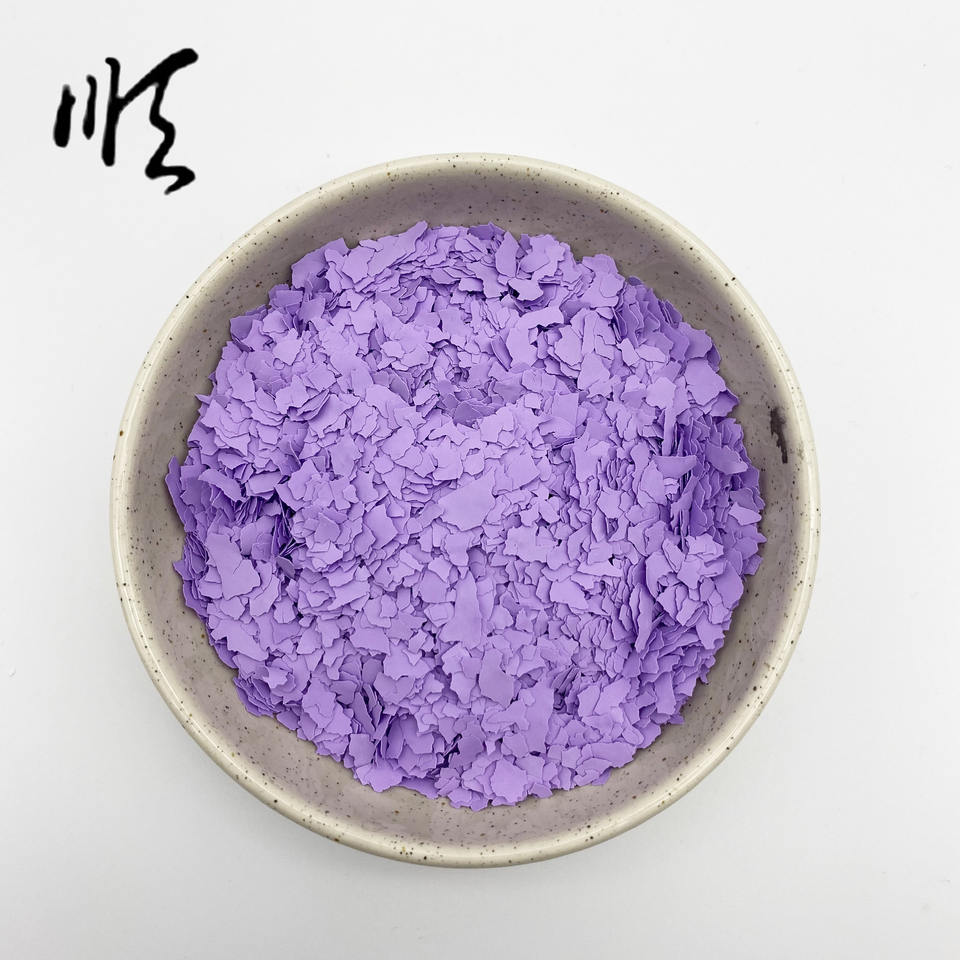
Using Hydrated Lime to Improve Your Garden Soil Quality and Health
Hydrated Lime for Your Garden Benefits and Uses
Hydrated lime, also known as calcium hydroxide, is a versatile compound that can be a valuable addition to your gardening toolkit. Whether you are looking to improve soil health, adjust pH levels, or manage pests, hydrated lime offers numerous benefits to avid gardeners. In this article, we’ll explore the various ways hydrated lime can enhance your gardening efforts.
What is Hydrated Lime?
Hydrated lime is a fine, dry powder that is created by adding water to quicklime (calcium oxide). This process, known as slaking, transforms quicklime into a more stable form that is easier to handle and apply. Its alkaline properties make hydrated lime a useful amendment for various soil types, particularly in areas where the soil tends to be overly acidic.
Adjusting Soil pH
One of the primary uses of hydrated lime in gardening is to raise soil pH. Many plants prefer slightly acidic to neutral soil (pH 6.0 to 7.0), and if your garden soil tests too acidic, adding hydrated lime can help. The calcium in hydrated lime neutralizes excess acidity, which not only creates a more hospitable environment for your plants but also enhances nutrient availability. Before application, it’s advisable to perform a soil test to determine the current pH level and the amount of lime needed.
Improving Soil Structure
In addition to adjusting pH levels, hydrated lime plays a crucial role in improving soil structure. When incorporated into clay soils, it helps break up compacted particles, improving drainage and aeration. This enhanced soil structure allows roots to penetrate more easily, leading to stronger root development and healthier plants. Furthermore, improved drainage reduces the risk of root rot and other issues associated with waterlogged soil.
hydrated lime for garden

Enhancing Nutrient Availability
Hydrated lime not only provides calcium but also promotes the availability of other essential nutrients in the soil, such as magnesium and phosphorus. Calcium is a vital element for plant growth and development; it supports cell wall structure and plays a role in various physiological processes. By applying hydrated lime, gardeners can ensure that their plants have access to these crucial nutrients, leading to more vigorous growth and improved yields.
Pest and Disease Control
Interestingly, hydrated lime can also aid in pest control within the garden. Its alkaline nature can deter certain pests, including slugs and snails, which are often detrimental to young plants. Additionally, when mixed with water to create a spray, hydrated lime can be used as a protective barrier against fungal diseases, such as powdery mildew. However, it’s important to apply it properly and in appropriate quantities to avoid damaging the plants.
Application Tips
When using hydrated lime in your garden, it’s essential to follow some best practices. Always wear protective gear, including gloves and a mask, as the fine powder can be irritating to the skin and respiratory system. Apply it evenly across the soil, and incorporate it into the top layer to ensure effective mixing. It’s best to apply hydrated lime in the fall or early spring to give it time to work before planting.
Conclusion
In summary, hydrated lime is a multifunctional tool that can significantly enhance the quality and productivity of your garden. From adjusting soil pH and improving soil structure to promoting nutrient availability and pest control, its benefits are numerous. With careful application and attention to your garden's specific needs, hydrated lime can help you cultivate a thriving, healthy garden for years to come.
Share
-
Premium Resin Coated Sand - High Heat Resistance CastingNewsJul.31,2025
-
High Quality Silicon Carbide Grit for Abrasive ApplicationsNewsJul.30,2025
-
High-Quality Ceramsite for Plants & Gardening | Lightweight PebblesNewsJul.29,2025
-
Premium Burgundy Glass Marbles for Vases & Shooter GamesNewsJul.29,2025
-
High Purity Quartz Sand for Industrial and Ground ApplicationsNewsJul.29,2025
-
High-Quality Barite Powder for Drilling & Industrial UseNewsJul.29,2025






